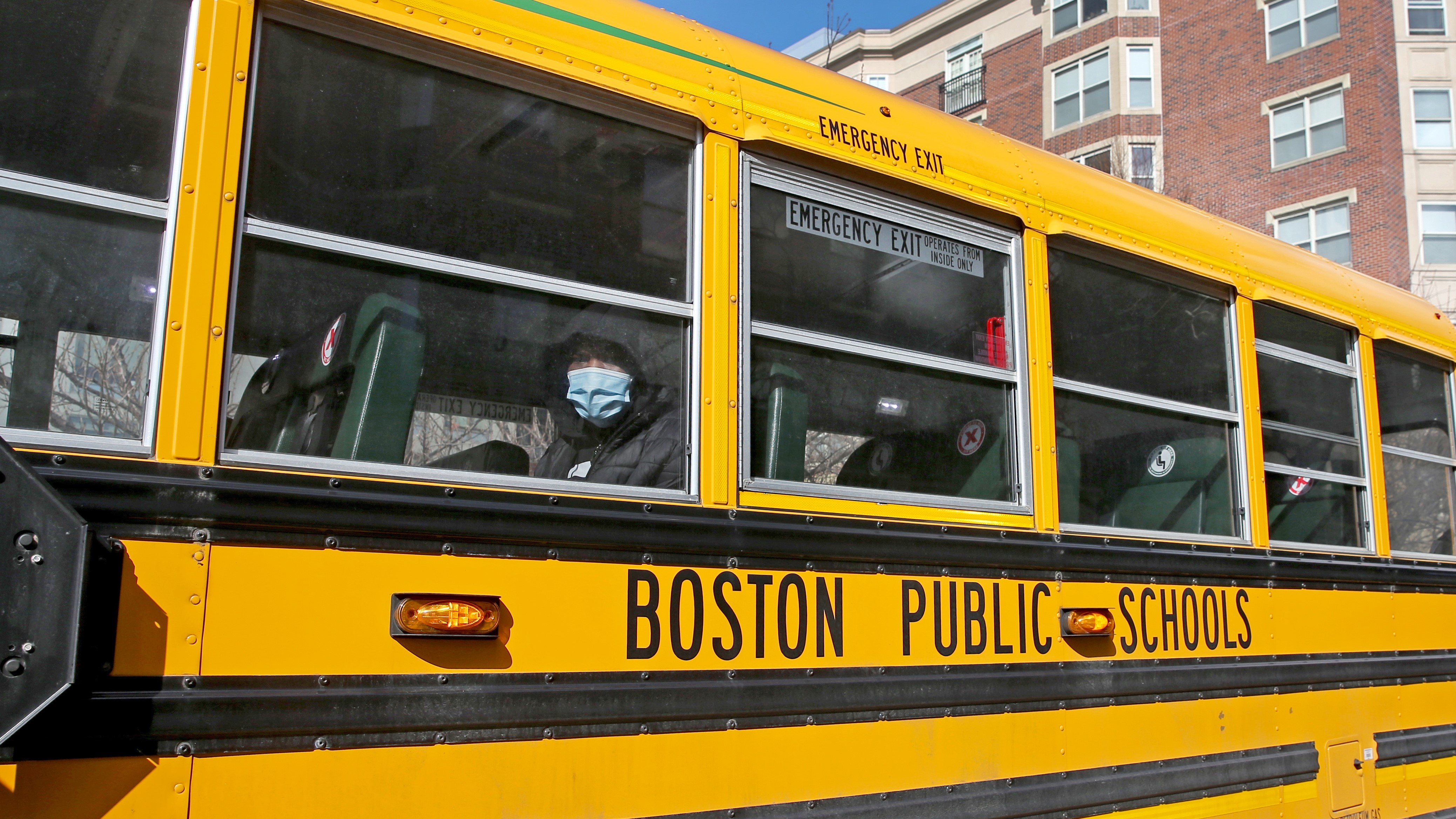Boston Public Schools unveiled a massive new plan this week for its special education program, as the district faces continued concerns of state receivership.
It's a multi-year plan to improve education, especially for special education students and English language learners.
Superintendent Mary Skipper gave a detailed presentation Wednesday night to the School Committee outlining the planned changes.
Last year, the district agreed to overhaul its special education practices under a state-mandated improvement plan, in order to avoid a state takeover.
Get Boston local news, weather forecasts, lifestyle and entertainment stories to your inbox. Sign up for NBC Boston’s newsletters.
Skipper said this new plan serves as a road map for the district to deliver on the promise of providing an excellent inclusive and equitable education in the least restrictive environment possible for students of all abilities.
As part of that plan, the district plans to phase in inclusion classrooms over the next three years.
Inclusion is essentially educating students with disabilities and English language learners in general education classrooms whenever possible.
“This work is complex. It’s also urgent. We must confront more than 100 years rooted in systemic racial disparities that historically limited equitable access and outcomes for our historically underserved students,” said Skipper.
There are four major shifts that the superintendent said the district needs to make to achieve these goals.
“The first: ensuring all students have access to grade level content and high-quality instructional materials; shift two: ensuring inclusive delivery of interventions, supports and services; shift three: engaging in team-based planning and collaboration; and shift four: resetting district infrastructure – that’s my favorite one – with systems of support and accountability,” explained Skipper.
Schools must form their inclusion planning teams this fall and plans to carry out inclusion instruction in the spring.



